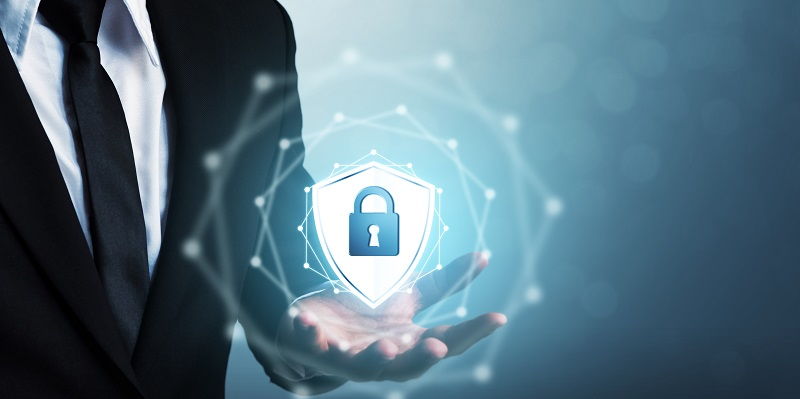In today’s rapidly evolving digital landscape, cybersecurity has become a paramount concern for businesses of all sizes. The adoption of email opened new attack vectors, exemplified by the infamous ILOVEYOU virus. As technology continues to advance, the conventional notion of perimeter security has become obsolete, primarily due to hybrid cloud deployments and ubiquitous endpoints. Defining the perimeter has become increasingly complex, posing challenges for businesses trying to protect their assets. To effectively address these concerns, it is essential for CISOs, or Chief Information Security Officers, to bridge the communication gap between security professionals and non-security personnel by learning the language of business. This article explores the changing dynamics of cybersecurity, the unique challenges faced by CISOs, the need for strategic thinking, and practical steps to implement cybersecurity measures based on lessons learned.
The Changing Cybersecurity Environment
The once-sufficient concept of perimeter security has been rendered ineffective due to hybrid cloud deployments and the proliferation of endpoints. With data and applications scattered across various networks, accurately defining the perimeter has become a complex endeavor. This poses significant challenges for businesses striving to maintain data confidentiality, integrity, and accessibility.
Communication Gap: The Jargon Barrier
One of the biggest issues facing CISOs is the discrepancy in language and understanding between security professionals and other stakeholders. Security personnel tend to speak in technical jargon, which can be intimidating and confusing for non-security personnel. Bridging this communication gap is crucial for effectively conveying the importance of cybersecurity and gaining support from senior management and other departments.
Balancing Technical Expertise and Strategic Thinking
To effectively lead their organizations towards resilient and adaptable security postures, CISOs need to balance their technical acumen with strategic thinking. While technical expertise is essential to understand and mitigate cybersecurity risks, strategic decision-making allows for informed choices that align with the organization’s overall objectives. CISOs must collaborate with other stakeholders, understand business priorities, and translate cybersecurity jargon into meaningful terms that resonate with the boardroom.
Uniqueness of Today’s Attack Surfaces and Adversaries
Current attack surfaces are distinctly different compared to earlier times. With the prevalence of digital transformation, organizations rely heavily on interconnected systems, IoT devices, and cloud-based services, which significantly expand the potential entry points for cyberattacks. To effectively defend against adversaries, it is imperative to comprehend the motivations behind attacks and continuously adapt security measures to counter evolving tactics.
Milestones in the Evolution of Security
Charting the evolution of cybersecurity helps us gain perspective on how the field has progressed over time. From early virus outbreaks to the establishment of firewalls and intrusion detection systems, significant milestones have shaped the way security professionals approach the protection of digital assets. Understanding this history provides valuable insights into the context of current measures and aids decision-making regarding future strategies.
Putting Lessons Learned into Practice
Harnessing the collective knowledge gained from past experiences is crucial for improving cybersecurity measures. Organizations should develop a proactive approach by implementing strategies tailored to their specific risk profiles. This involves identifying vulnerabilities, implementing appropriate controls, conducting regular risk assessments, and staying informed about emerging threats and mitigation techniques. Furthermore, organizations must foster a culture of cybersecurity awareness, training employees to recognize and report potential risks.
Case Study: Miora’s Role at Kroll
Drawing inspiration from real-world experiences, the article highlights the accomplishments of Miora, a seasoned cybersecurity professional who served as the Managing Director of Cyber Risk at Kroll. By examining Miora’s professional journey and the challenges she faced, valuable insights and practical lessons can be gleaned for aspiring CISOs.
As the digital landscape continues to rapidly evolve, cybersecurity remains of paramount importance. CISOs play a critical role in navigating the complexities and challenges associated with protecting digital assets. By bridging the communication gap between security professionals and non-security personnel, CISOs can effectively convey the significance of cybersecurity throughout the organization. By merging technical acumen with strategic thinking, CISOs can guide their organizations towards resilient and adaptable security postures. Ultimately, learning from past experiences, keeping up-to-date with evolving attack surfaces and adversaries, and implementing practical and proactive measures are essential for effectively securing organizations in the modern cybersecurity environment.

